Funding Causes Controversy in SRHS Sports
February 12, 2019
Financial inequality in sports is an alarming situation that may be run by the sexism in and the popularity of it at a school. This raises questions on the fairness within sports and the community that funds them.
Often times, male sports are given more attention than female sports. Female teams do not receive the equal amount of funding as male teams do. Just so it’s clear, I am a member of the SRHS girls varsity basketball team.
The issue of unequal pay happens in the NBA, where a player makes about 20 million to 34 million dollars a year. A NBA referee can make about 150,000 to 550,000 dollars a year, which is twice as much as a WNBA player will make. The average salary of WNBA players is in between 50,000 to 110,000 dollars. A referee for the WNBA makes about 16,000 a year.
Translating into college basketball, at the Baylor University, the women’s D1 basketball team is first in the Big 12 conference, yet they don’t receive the equal amount of funds as the men’s team. According to Sean Mulligan, the father of a student at Baylor and assistant coach of the San Rafael High Varsity girls basketball team, “because they boys attract five times more attention then the girls, the boys receive the most funds, even though the girls are number one in state.”
The SRHS Athletic Boosters is a community of dedicated parents who offer volunteer time and talent in support of all student athletes at San Rafael High. Their goal is to raise funds to bridge the gap in district support and enhance the sports programs school-wide. This ensures that our students are safe and equipped to compete. The ways they to do this are through the WeAreSR! Annual Fund, themed parent events, and auctions.
“If a team wins more than another, then booster will prefer to give them the money instead of to the team that don’t [sic] do so well,” says senior soccer player Yorvin Cifuentes. Although it was hard to admit, students believe that a team’s winning ability or record plays a big role in who receives the most money.
As a team’s winning record increases, so will its funding for the program. Students view this as unfair when it comes to school sports, and there is an amendment that should be protecting the kids.
Title IX is an education amendment passed in 1972; it is a federal civil rights law in the United States of America. Title IX states, “That no person in the United States shall, on the basis of sex, be excluded from participating, denied benefits, or be subject to discrimination under any educational program or activity receiving federal financial assistance.”
Head coach of the girls’ varsity basketball team, Lynette Egenlauf, answered by saying that out of all of the money fundraised by the girls’ varsity team this year, 50% went to boosters and the other 50% the team got to keep. “Because we were in charge of hosting the All Round Lady Tournament all the money made went towards paying for the refs. Not only is money made through fundraising, but also with in the snack shack and the fee for entry at the games.”
The girls’ varsity soccer team has raised lots of money by selling cookies for their program. With this, they get to keep the gear they buy each season. Unfortunately for the boys, it’s different. At the end of the season they have to return their gear due to the boosters providing them, because they are meant to be kept in the program.
The varsity girls and boys golf head coach Dean Taylor had this to say: “Unfortunately, Peacock Gap has raised the fee for 2019 substantially and has limited our time on the golf course to only one day a week, Friday afternoons… Jose will be getting back to me regarding whether or not there is enough money in the athletic budget.”
“The popularity of a sport team does seem to matter because once we asked the previous athletic director about maybe updating the pool. The response we got is that there are different priorities. They said the money would go to much more popular sport like football,” mentioned a senior varsity swimmer who wanted to stay anonymous.
However, this problem continues through college, and even up to professional leagues.
Money will always lead to controversy, whether it is in a business or simply in a school. What can the school board do better in order to equally fund all sports programs? What can we the students do ourselves to make people realize everyone deserves equal funding in the different programs?



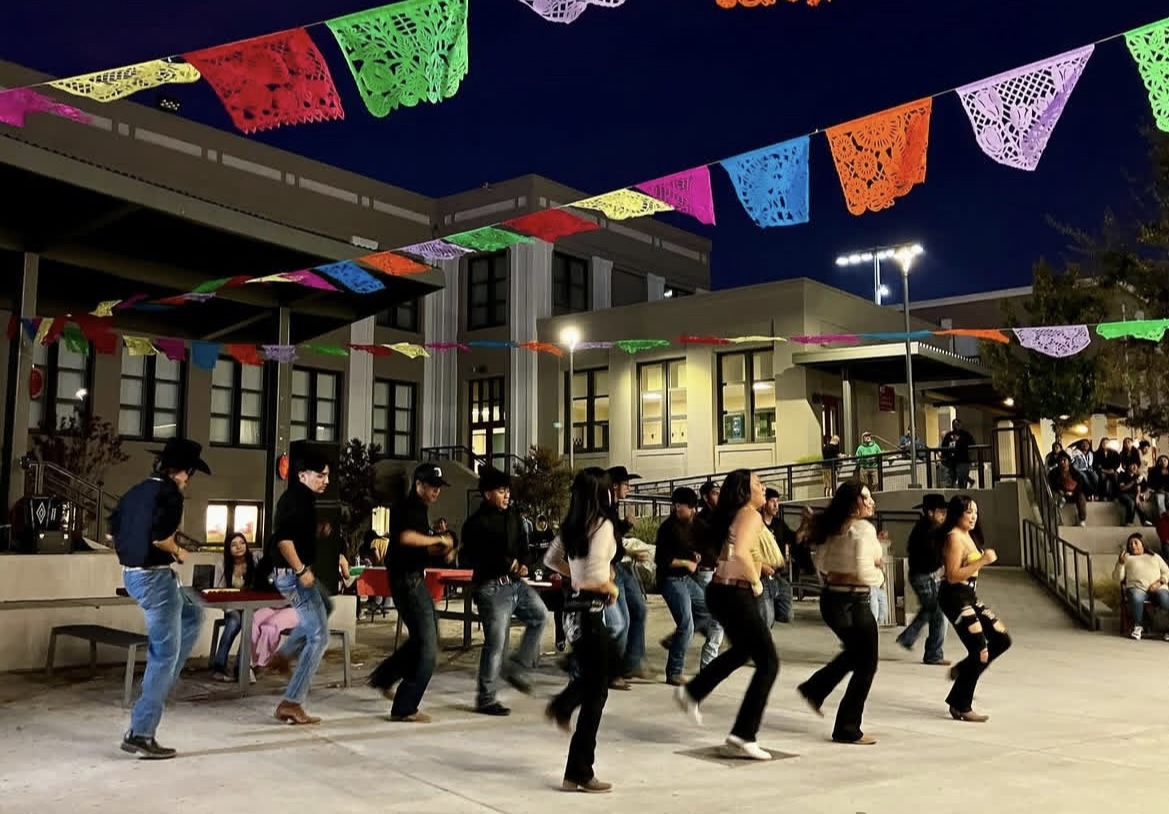






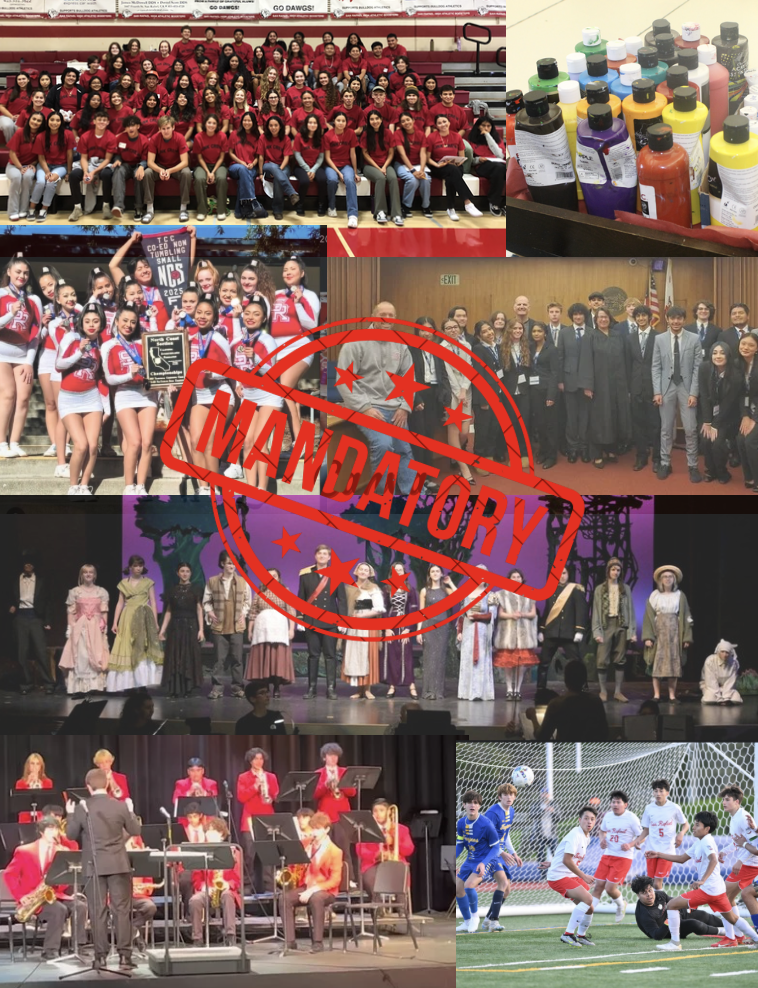
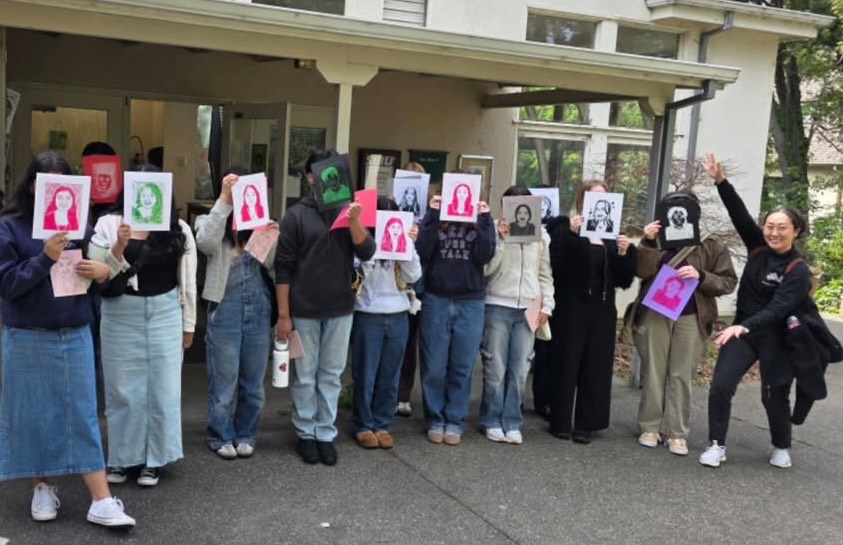




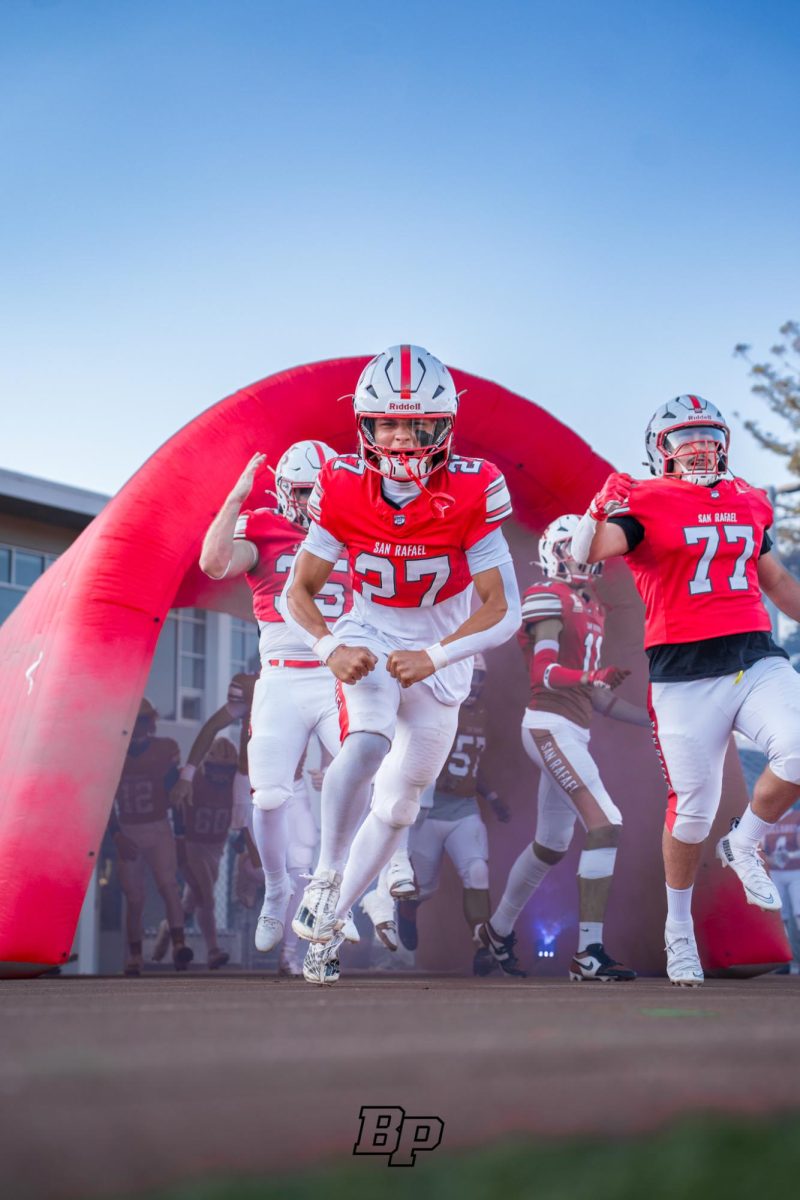











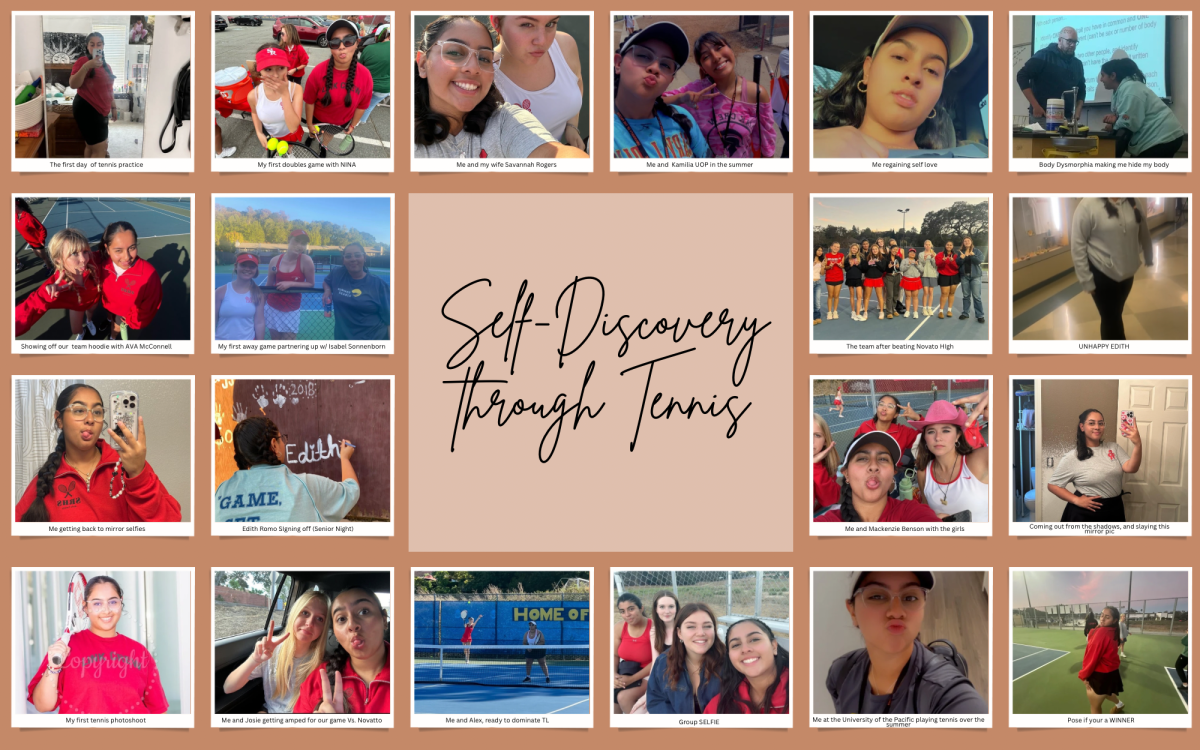



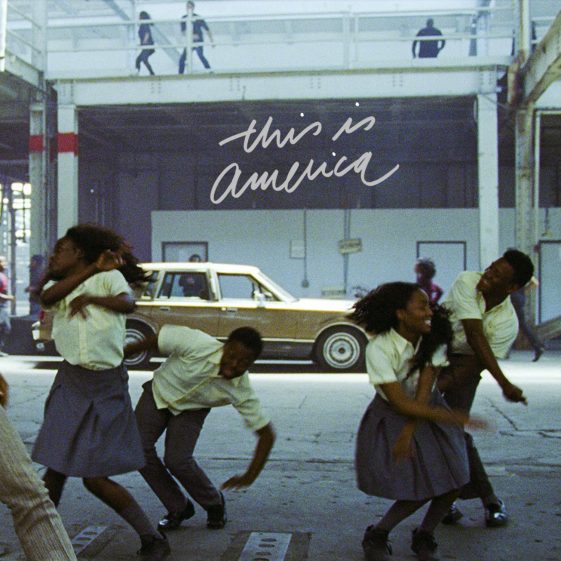



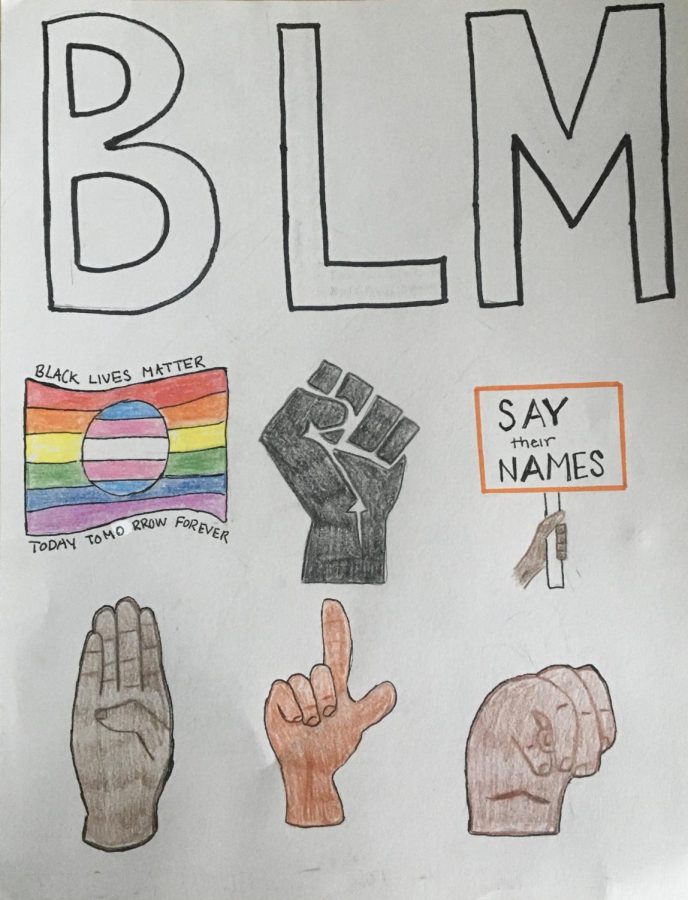


Chris Do • Feb 12, 2019 at 10:32 am
I disagree with this article because even though I was the football captin for four years we did not get that much funding